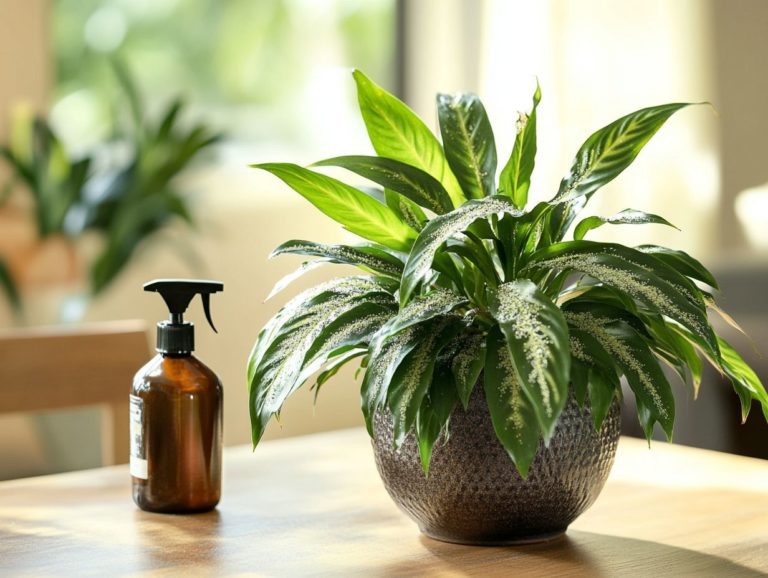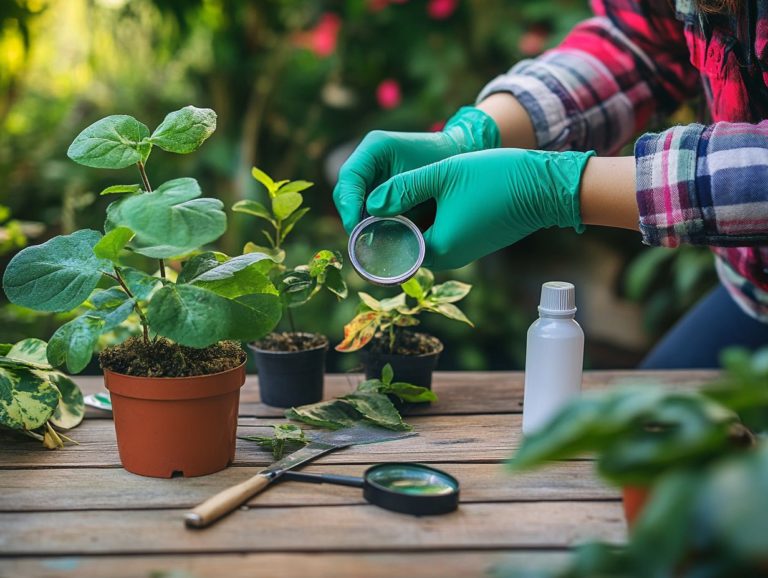How to Handle Pest Infestations Early
Pests can invade unexpectedly, turning your peaceful home into chaos.
Recognizing the signs of various pests is the crucial first step in combating these unwelcome invaders. Delaying pest control can lead to significant damage and health risks, making prompt action essential.
This article will explore effective pest control methods, comparing chemical and non-chemical approaches while also sharing preventive measures to ensure your space remains pest-free. You’ll discover when it’s time to call in the professionals.
Prepare to empower yourself with the essential knowledge needed to safeguard your home!
Contents
- Key Takeaways:
- Identifying Pest Infestations
- Risks of Delayed Pest Control
- Effective Pest Control Methods
- Preventing Future Infestations
- When to Seek Professional Help
- Frequently Asked Questions
- 1. What are some signs that indicate a potential pest problem in my home?
- 2. How can I prevent a pest problem from occurring in the first place?
- 3. Can I handle a pest problem on my own, or should I call a professional inspector?
- 4. How early should I address a pest problem to protect my property value?
- 5. What are some non-toxic methods for handling a pest problem early, including home inspection services?
- 6. How can I ensure that the pest problem does not return after handling it with professionals like Romex Pest Control or Watts Pest Prevention?
Key Takeaways:
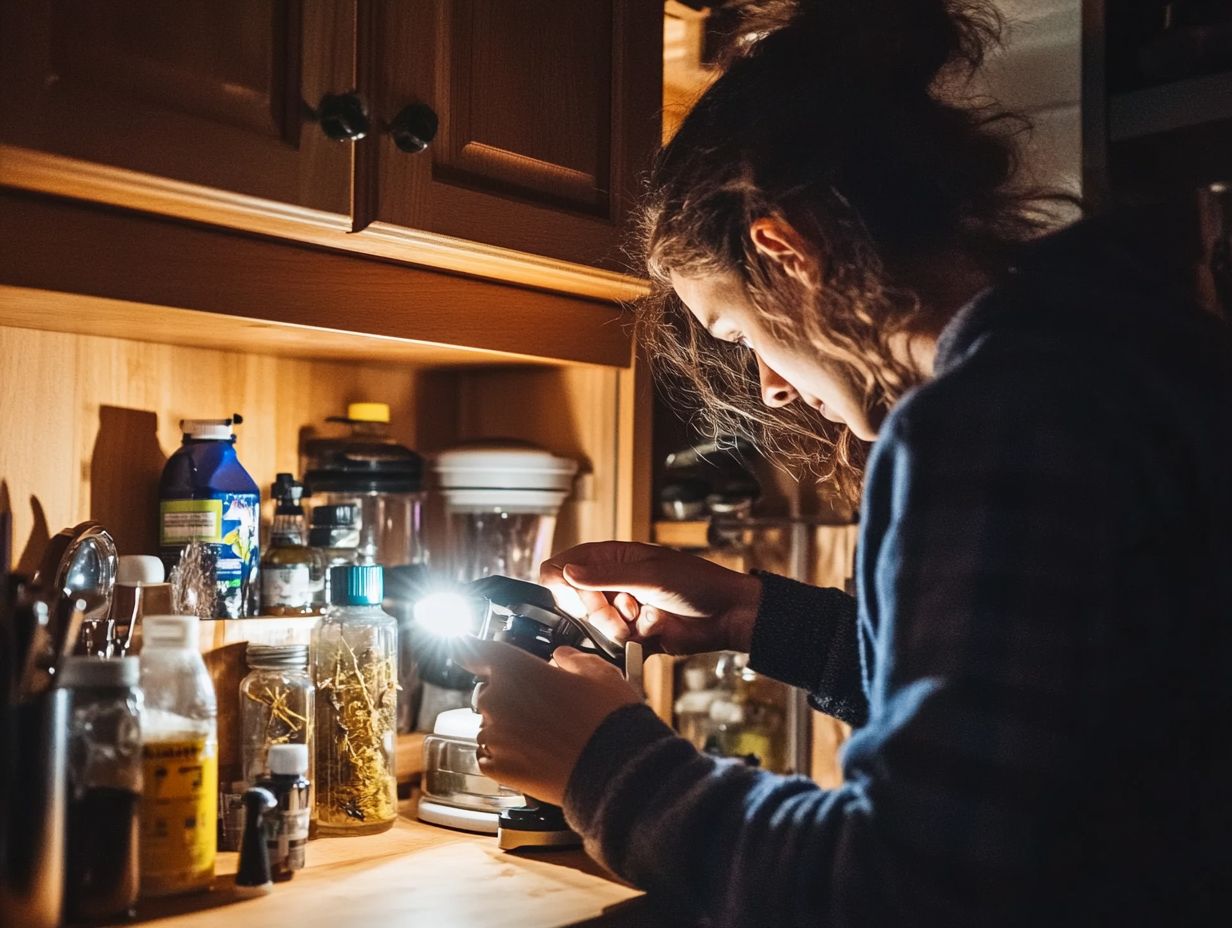
- Recognize early signs of pest infestations to prevent further damage and health concerns.
- Delaying pest control can result in costly damage and potential health risks.
- Choose the most effective pest control method, whether chemical or non-chemical, depending on the severity of the infestation.
- Take proactive measures and follow maintenance tips to prevent future infestations.
- Seek professional help when indicators of severe infestations are present for a more thorough and efficient solution.
Identifying Pest Infestations
Identifying pest infestations is paramount for homeowners, as it allows you to maintain a pest-free sanctuary and safeguard your property from damage inflicted by common culprits like termites, rodents, and cockroaches.
Early detection of pest activity can spare you from costly repairs and the health risks that accompany invasions. By committing to regular pest inspections and keeping a close eye on your home, you can recognize subtle signs of pest presence before they escalate into a serious issue, ensuring that your home remains a safe and secure haven.
Signs of Different Types of Pests
Understanding the signs of various pests is crucial for homeowners to tackle pest issues effectively and implement the right control measures to protect your property.
Recognizing the unique indicators specific to each pest can significantly impact both prevention and treatment. For example, droppings serve as a glaring sign of rodent infestations, with size and shape varying depending on the rodent species. For termites, look for discarded wings or mud tubes, which distinctly indicate their presence. Carpenter ants leave behind piles of sawdust, a clear hint at the damage they can cause.
Unusual sounds like scratching or scurrying can signal an active infestation. It’s essential to stay alert and respond quickly.
Risks of Delayed Pest Control
The risks of delayed pest control are significant, potentially resulting in structural damage, health hazards, and heightened property issues. Homeowners must act swiftly upon noticing any signs of pests.
Common pests can rapidly evolve into serious infestations, affecting not just the comfort of your home but also its overall value and the safety of those living within. Employing effective ways to manage pests is essential to mitigate these risks and guarantee a pest-free living environment.
Potential Damage and Health Concerns

Pest infestations can wreak havoc on your property and lead to serious health concerns, highlighting the urgent need for timely pest control to safeguard your home and protect the well-being of everyone inside.
Consider termites, which quietly feast on wood structures, weakening beams and potentially causing catastrophic collapses over time. Then there are rodents like mice and rats, which can gnaw through wires, dramatically increasing the risk of electrical fires. Beyond structural damage, these pests also pose various health risks; rodent droppings can carry diseases such as hantavirus and leptospirosis, while infestations of common pests can trigger allergic reactions in sensitive individuals.
Addressing these issues promptly is crucial for homeowners. If left unchecked, pest populations can escalate, endangering both your property and your health!
Effective Pest Control Methods
Effective pest control methods are essential for maintaining a pest-free home. You ll want to employ a balanced mix of chemical and non-chemical approaches tailored to the specific pest challenges you face.
Professional pest control services can offer comprehensive strategies to tackle pest issues thoroughly. Meanwhile, DIY remedies can provide temporary relief and support your ongoing home maintenance efforts.
It s crucial to understand the strengths and limitations of each method to achieve successful pest management.
Chemical vs Non-Chemical Approaches
When considering pest control solutions, you must weigh the benefits and risks of chemical versus non-chemical approaches to effectively tackle your pest issues.
This decision is crucial, as it directly impacts not only the immediate effectiveness of your chosen method but also the long-term sustainability of your living environment.
Chemical pest control methods often deliver rapid results, swiftly targeting and eliminating pests. However, they come with safety concerns for both humans and pets and may lead to potential environmental degradation.
Non-chemical methods like a combination of methods and the use of beneficial insects that help control pest populations prioritize safety and sustainability. Yet, they may require a bit more time and patience to yield results.
You need to consider your specific circumstances, including the severity of the infestation, your personal safety, and your ecological footprint to make an informed choice that balances effectiveness with responsible stewardship of your surroundings.
Preventing Future Infestations
Preventing future infestations is essential for homeowners committed to preserving a pest-free sanctuary. This can be accomplished through effective preventive measures that emphasize home maintenance, cleanliness, and vigilant pest monitoring.
By carefully identifying and sealing potential entry points, eliminating sources of moisture, and maintaining an immaculate environment, you can greatly diminish the chances of pest activity.
These actions also enhance your property s overall security and well-being.
Proactive Measures and Maintenance Tips
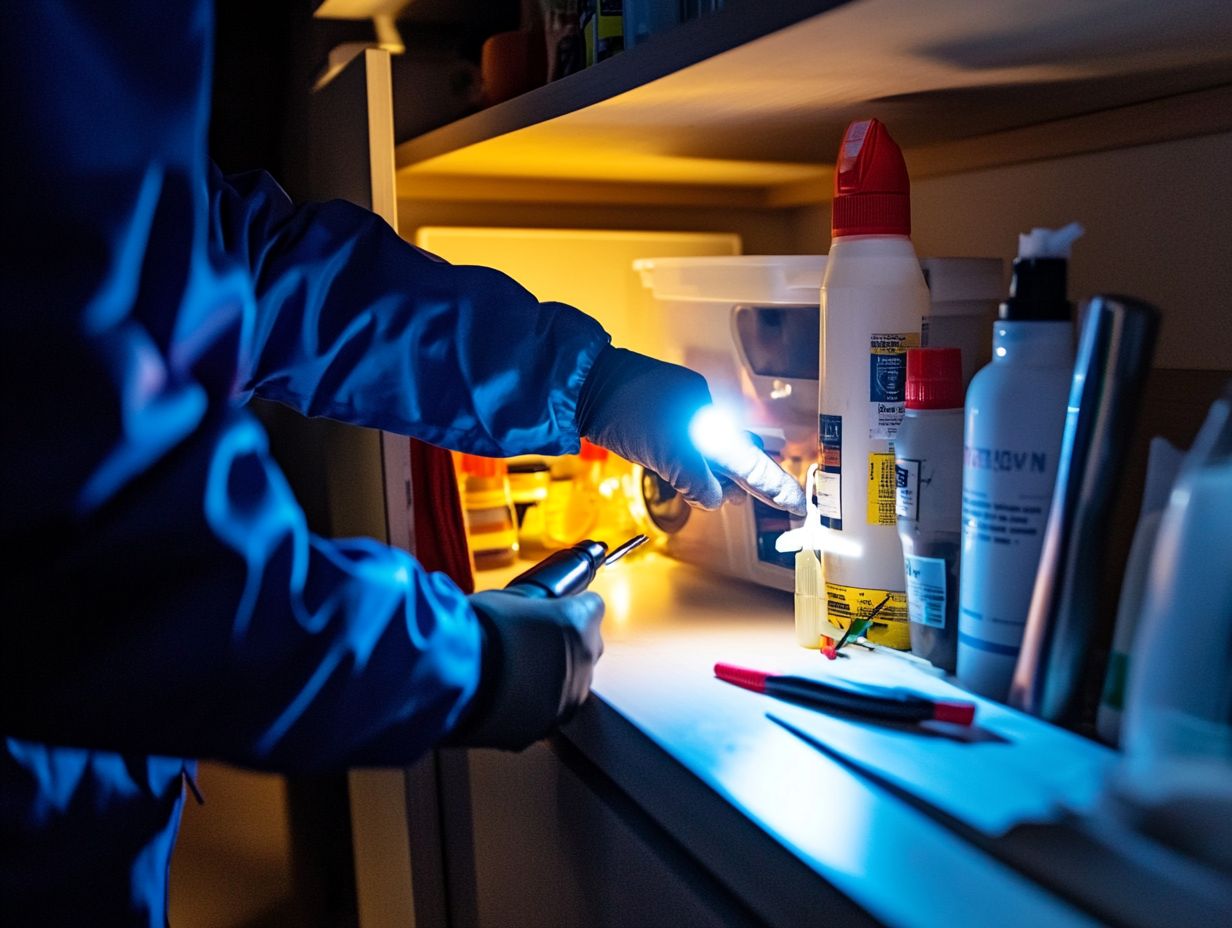
Implementing proactive measures and maintenance tips gives you the power to effectively prevent pest infestations and uphold a healthy living environment.
Regular cleaning is essential. By dusting hard-to-reach areas and vacuuming your floors and upholstery, you can eliminate potential food sources that attract unwanted pests.
It s equally important to seal off entry points. Those pesky cracks and crevices in walls, windows, and doors are vital barriers to keep nuisances at bay.
Monitor moisture levels in your basements and crawl spaces, as excess humidity can lure in pests like termites and cockroaches.
By staying vigilant and adhering to these maintenance practices, you can significantly reduce the likelihood of unwelcome infestations, ensuring your home remains comfortable and safe.
When to Seek Professional Help
Understanding when to seek professional assistance for pest management is crucial for homeowners grappling with serious pest problems. Timely intervention can prevent additional damage and mitigate health risks associated with severe infestations.
Key indicators that signal the need for a professional inspection include:
- An overwhelming presence of pests
- Unusual pest behavior
- Any signs of structural damage to your property
If you notice any of these signs, don t wait; call a professional today!
Take action now! Don t let pests take over your home!
Indicators of Severe Pest Problems
Recognizing the signs of severe pest problems is essential for homeowners to prevent potential property damage and health risks associated with a significant pest presence.
These indicators can appear in various forms, such as noticeable dropped droppings in common areas, hinting at a rodent or insect invasion. Pay attention to unusual sounds, like scratching or buzzing, especially at night. These sounds often suggest that pests are actively scurrying within your walls or ceilings.
If you discover gnaw marks marks left by pests chewing on materials on wood or insulation, it s a clear signal that you re facing a more serious issue. This could lead to structural damage if left unchecked. Likewise, damaged food packaging or unexplained stains on surfaces may serve as alarming evidence of significant pest activity that requires your immediate attention.
Watch this video for more information on pest problems.
Frequently Asked Questions
1. What are some signs that indicate a potential pest problem in my home?
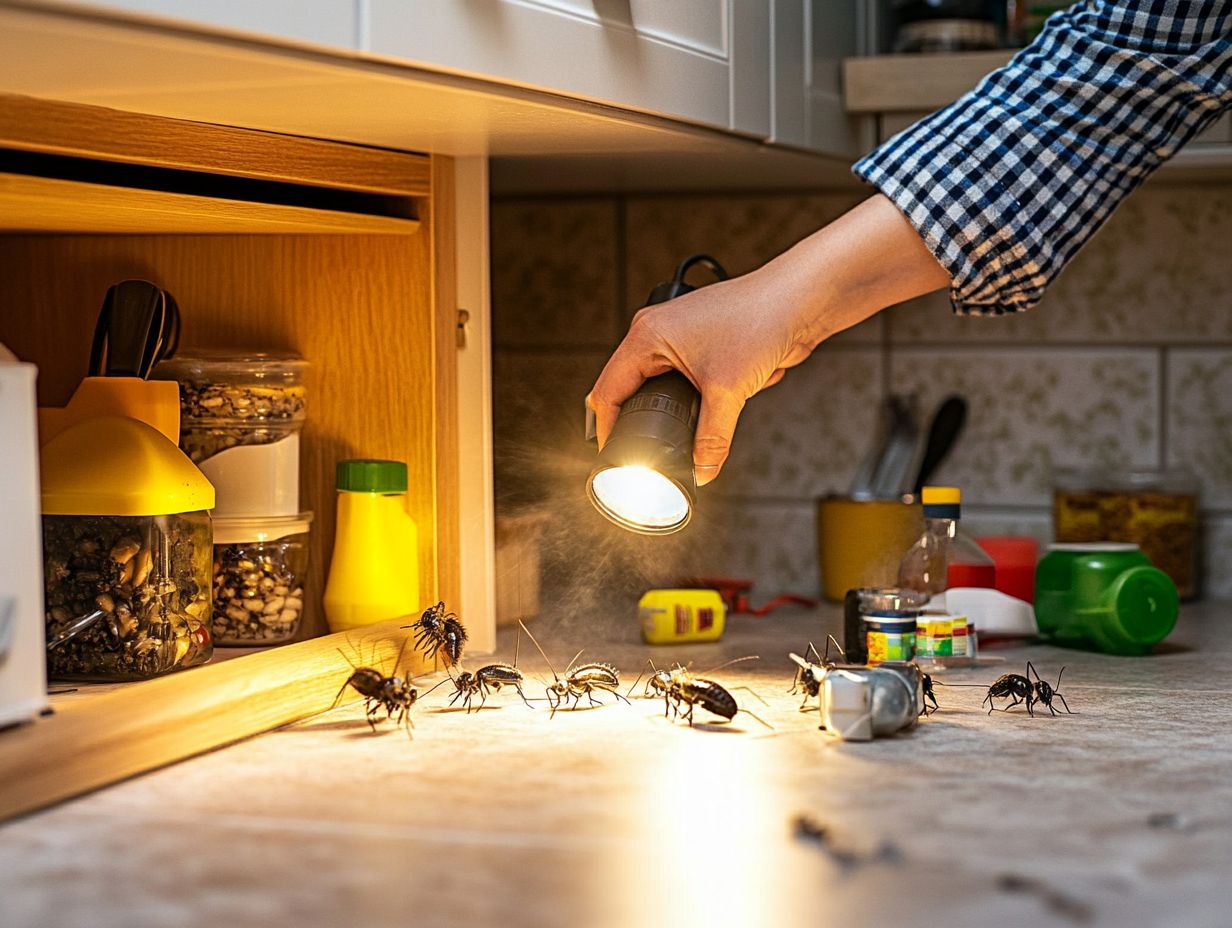
Common signs of a pest problem include seeing live pests or their droppings, finding holes or gnaw marks on items, noticing a musty or foul odor, and discovering nests or webs in hidden areas.
2. How can I prevent a pest problem from occurring in the first place?
To prevent a pest problem, keep your home clean and clutter-free. Seal any cracks or openings in your home’s exterior, store food properly, and regularly inspect and maintain your home for potential entry points.
3. Can I handle a pest problem on my own, or should I call a professional inspector?
While some minor pest problems can be managed by yourself, it’s often best to call a professional for more serious or persistent issues. They have the expertise and resources to effectively handle the situation and prevent future occurrences.
4. How early should I address a pest problem to protect my property value?
Act quickly to tackle a pest problem before it grows! Addressing it as soon as possible is crucial, as pests can quickly multiply and cause significant damage.
5. What are some non-toxic methods for handling a pest problem early, including home inspection services?
Non-toxic methods for addressing a pest problem include using natural repellents, like peppermint or lavender oil, setting up physical barriers such as mesh screens, and using traps or baits made from natural ingredients.
6. How can I ensure that the pest problem does not return after handling it with professionals like Romex Pest Control or Watts Pest Prevention?
To prevent a pest problem from returning, address any underlying issues that may have attracted pests initially. This could include fixing leaks, properly storing food, and regularly maintaining your home’s exterior. Regular inspections and preventative measures can also help keep pests at bay.
Don t wait if you see these signs, it s time to take action!




